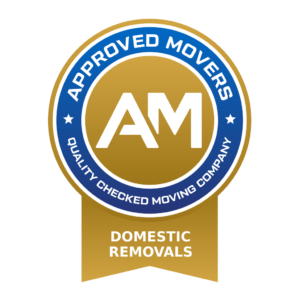
The Best Ways to Use Blog Categories and Tags
Developing a blog for your website has become essential in today’s digital landscape. Whether you are eager to embrace this or not, the reality is that digital marketing and search engines require it if you wish to achieve strong rankings. However, creating a successful blog involves much more than simply writing posts. It requires a significant investment of time and effort. Your company’s SEO performance could well hinge on how effectively you manage this task. To help you succeed, we’ve put together some guidance on structuring your blog, focusing on the best ways to use blog categories and tags.
Why Is Structure Important for Blogs?
Many companies underestimate the importance of a well-structured blog. Despite what you might hear, content remains king. This means you need a steady flow of fresh, relevant content to appeal to search engines and engage your online visitors. Think of it this way:
Structure is vital in any project, and blog categories and tags provide this structure. If you are a removals company looking to establish trust with potential clients, showcasing your expertise is crucial. You can do this by publishing a range of informative articles that are both useful and easy to understand. However, when you frequently post on various subjects, you must provide a clear navigation system. This is where blog categories and tags come into play.
How Should I Use Blog Categories and Tags?
If you’ve already started a blog, you might now be looking for ways to attract more readers. But before you dive into brainstorming headlines and topics, it’s essential to establish some foundational guidelines. This begins with structuring your blog for optimal performance. You need to carefully plan how your blog posts will be organised and presented. This is the only approach that can ensure your blog’s success.
Once you’ve set up an optimised layout for your blog posts, it’s time to consider the bigger picture. A well-written blog post is great, but what comes next? You’ll need to continue writing posts that are equally useful. However, you must also think about how to organise your content. The strategic use of blog categories and tags is key here. Without this, you risk negatively impacting:
- User experience,
- Online traffic,
- The optimisation of your website, etc.
So, it’s a matter of commitment, coupled with a need for organisation and structure. To better understand this process, we first need to clarify what blog categories and tags actually are.
What Is a Blog Category?
A blog category represents a broader topic that encompasses a range of blog posts. One way to visualise this is to think of packing your home room by room. Each room, whether it’s the kitchen, living room, bedroom, or garage, requires a different approach and contains different items. Similarly, blog categories function by separating your blog posts into distinct topics or themes.
What Is a Blog Tag?
While blog categories separate different topics and posts, blog tags connect them on a more specific level. A tag is used to describe a particular element within a post that might appear in other posts as well. Returning to the home-packing analogy, you might find similar items in different rooms. For example, you could use a tag like “packing fragile items” for posts related to packing both the kitchen and living room.
How Do Blog Categories and Tags Apply to Removals Companies?
There isn’t a one-size-fits-all rule when it comes to structuring your blog content. It largely depends on the services your company offers, your operational area, and your creativity in choosing topics. Once you have these elements in place, you’ll naturally develop a unique blog structure.
The good news is that you can always add new categories and tags to expand your blog’s reach. As your blog grows and you cover more relevant topics, your categories and tags will evolve. The important thing to remember is how search engines evaluate and rank your blog.
How Does It Work?
It’s fairly straightforward. Search engines discover and value your blog posts based on various keywords and their search rankings. The blog categories and tags that appear frequently in your posts can contribute to a positive evaluation of your content. So, consider carefully how to combine them to provide additional insights into the subjects of your articles.
Important Note:
You can assign multiple categories to a single blog post (with one as the primary category and the others as secondary). However, we recommend sticking to one category per post, while you can use as many tags as necessary to describe the content accurately.
How Many Categories and Tags Should I Have?
As mentioned earlier, you can continuously add categories and tags to your blog. Most blogs typically have between 4-10 categories. The number of tags you use will vary based on the categories and overall topics of your posts. While some blogs may have more and others fewer, a general recommendation is to avoid exceeding 30 tags.




